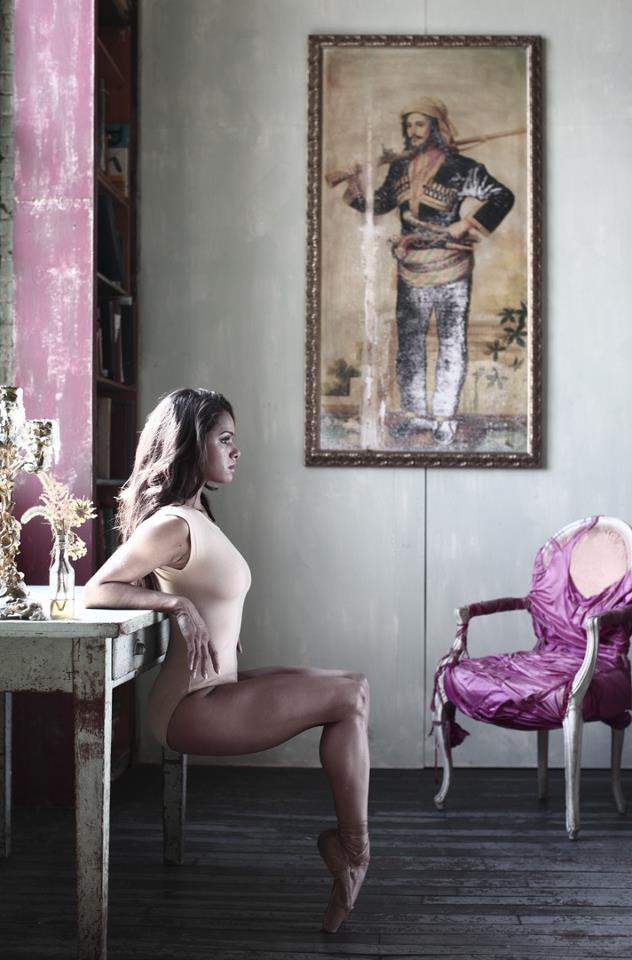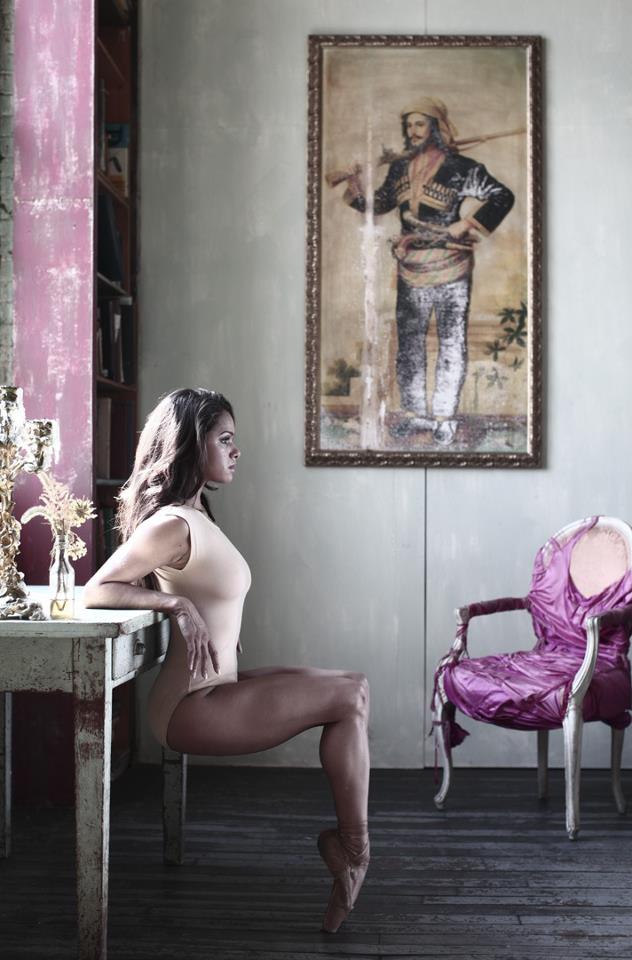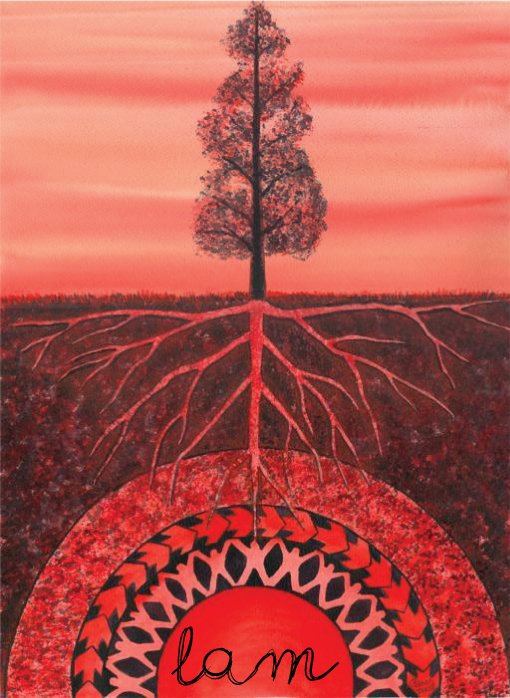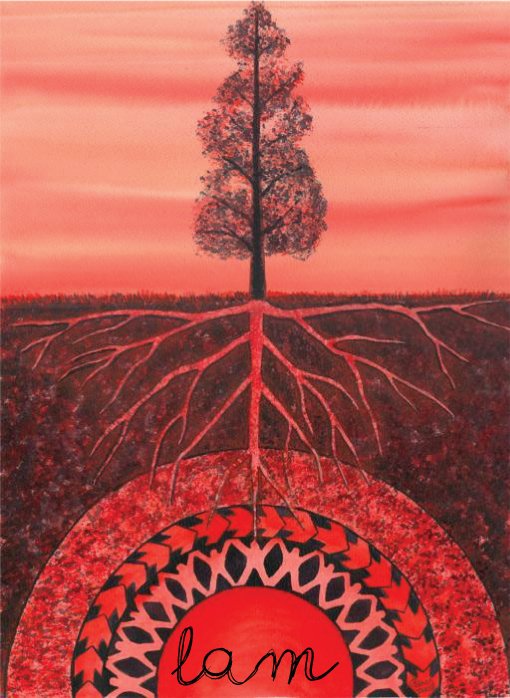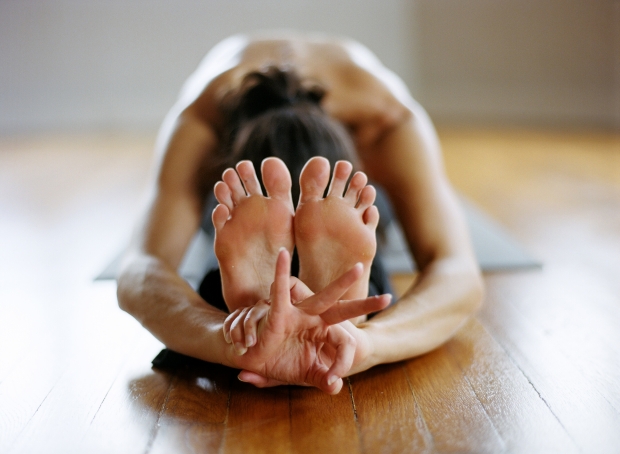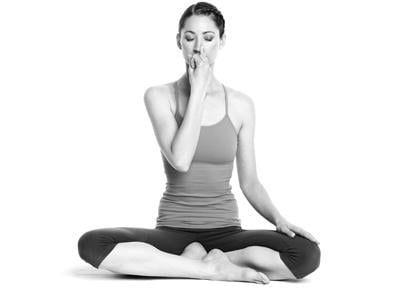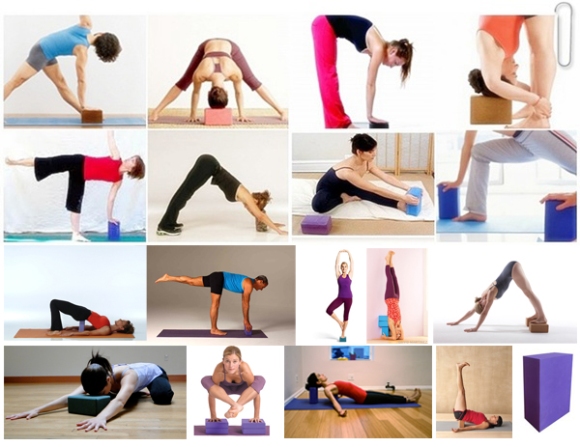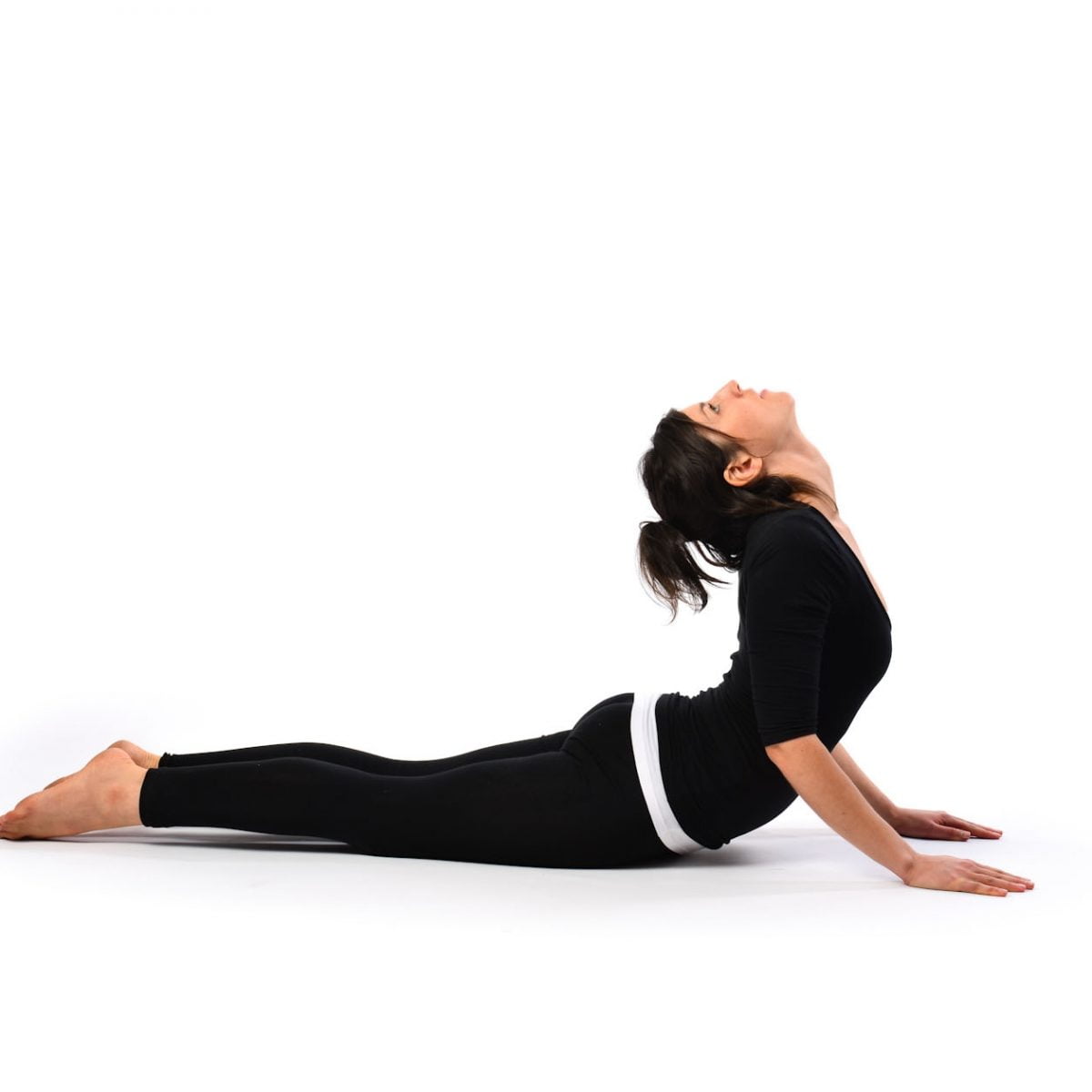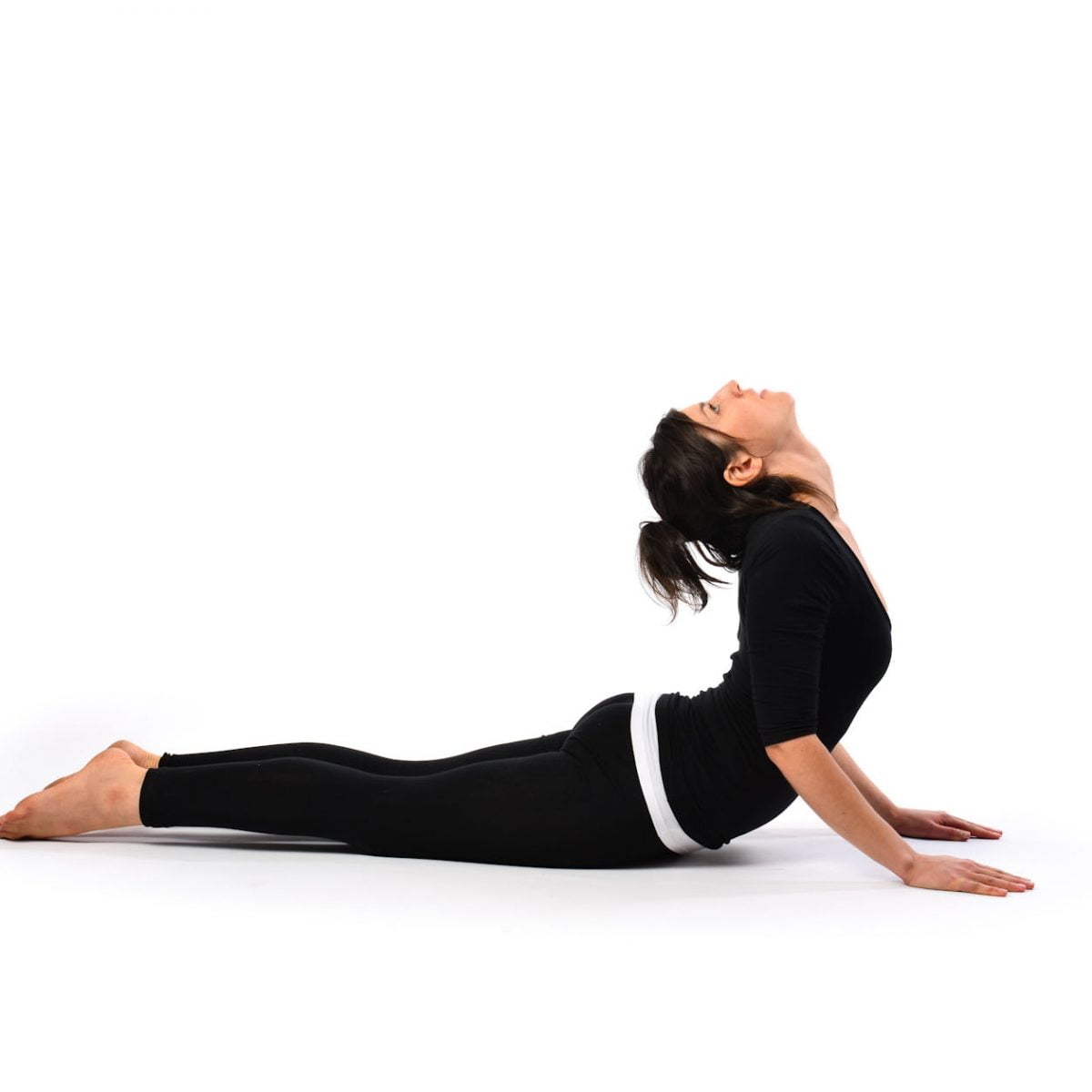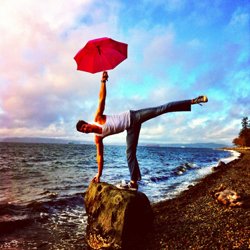 Our Zamasana of the Month for May 2014 is the Half Moon Pose, or Ardha Chandrasana.
Our Zamasana of the Month for May 2014 is the Half Moon Pose, or Ardha Chandrasana.
We recently experienced a total lunar eclipse, which was rather spectacular, so to celebrate this rare occurrence this month’s pose is derived from moon symbology. Adrha means ‘half’ and candra means ‘glittering’ or ‘having a brilliant hue of light’ – which is often translated as ‘moon’. Both the sun and moon have rich symbolic meaning in yoga, and represent two differing energies of the human body.
This standing pose requires strength and grace, and is quite a challenging balance posture. Ardha Chandrasana requires mental focus to both perform the balance, and come out of it with control.
- Begin in Triangle pose, on the right side.
- Take your left hand to your sacrum. Bend the right knee and place the right fingertips on the floor, about 30 cm in front of the right foot.
- Slide the left foot toward the right heel, letting your body weight shift into the right foot.
- Allow the time to breathe here, and stabilise your foundation.
- Exhale, and straighten the right leg, at the same time lifting the left leg up until it is parallel with the floor.
- Let the left arm lie against the left side of the body before turning the left shoulder, chest, and hip up toward the ceiling.
- Stretch the left arm to the ceiling and gaze up over the left shoulder toward the top hand. Breathe and maintain focus to feel the effect of this centering pose.
- Slowly swap the hands, for a twisted variation.
- To release, lower the left leg to the ground, straighten the right leg and return to Triangle pose.
- Repeat on the opposite leg.
Half Moon is a challenging balance pose, which can be tricky for beginners and practiced yogis alike. You can use the wall for balance, by aligning and resting your back to it, or a block to give your supporting arm extra height. To increase the challenge of Half Moon, raise the lower hand away from the floor and rest it on the supporting thigh.
Enjoy and appreciate the feeling of strength in your buttocks, thighs, ankles, abdomen and spine, the stretch in your spine, shoulders, calves, hamstring and groin, and the release of stress and centering of this balance.
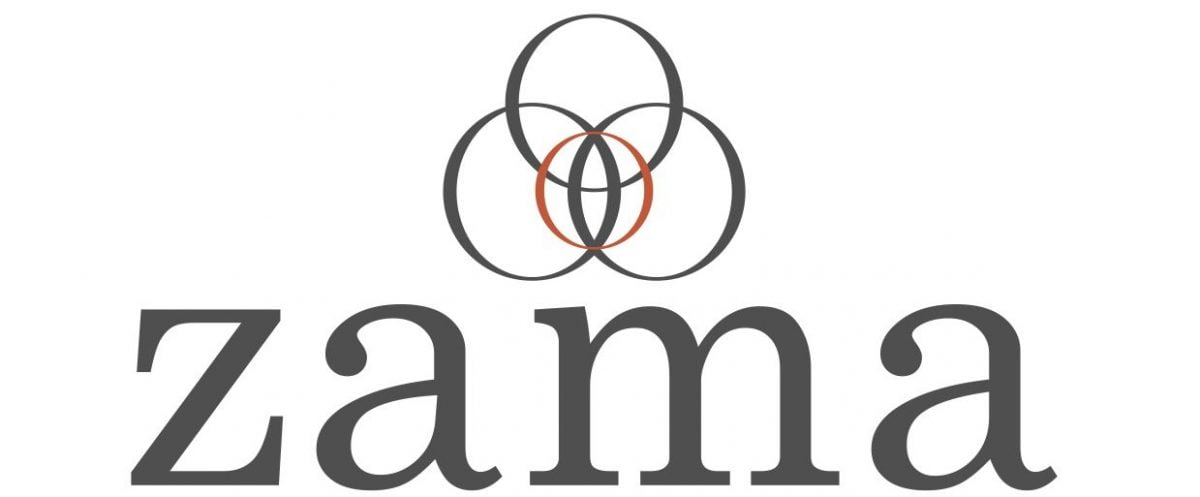

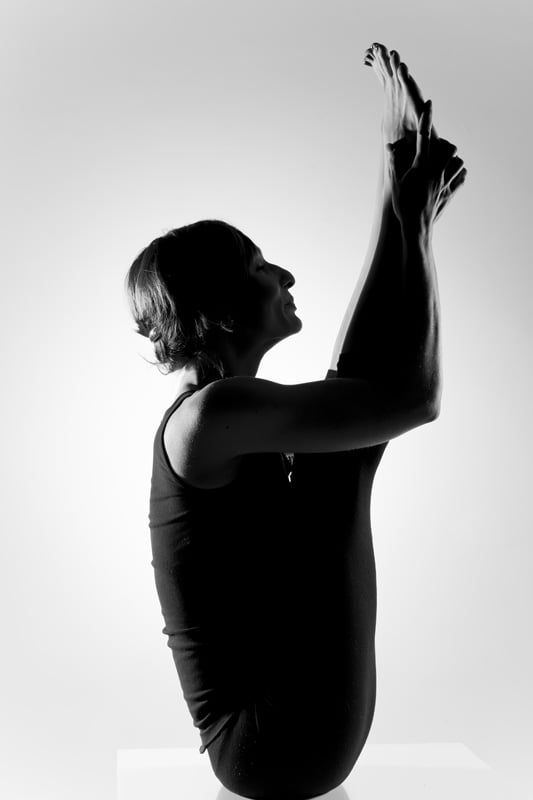
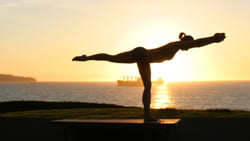 Our Zamasana of the Month for April 2014 is Virabhadrasana III (Warrior III).
Our Zamasana of the Month for April 2014 is Virabhadrasana III (Warrior III).